Researchers develop an AI technique called Material Transformer Generator that integrates composition generation, structure prediction, and stability analysis to automatically design promising new two-dimensional materials.
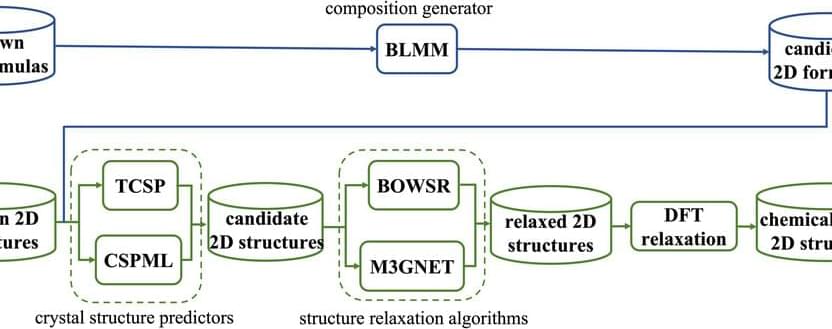

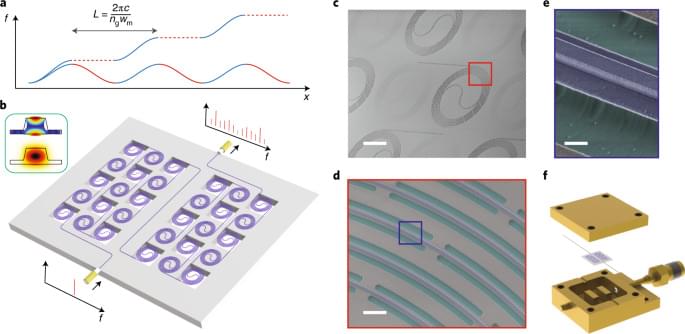
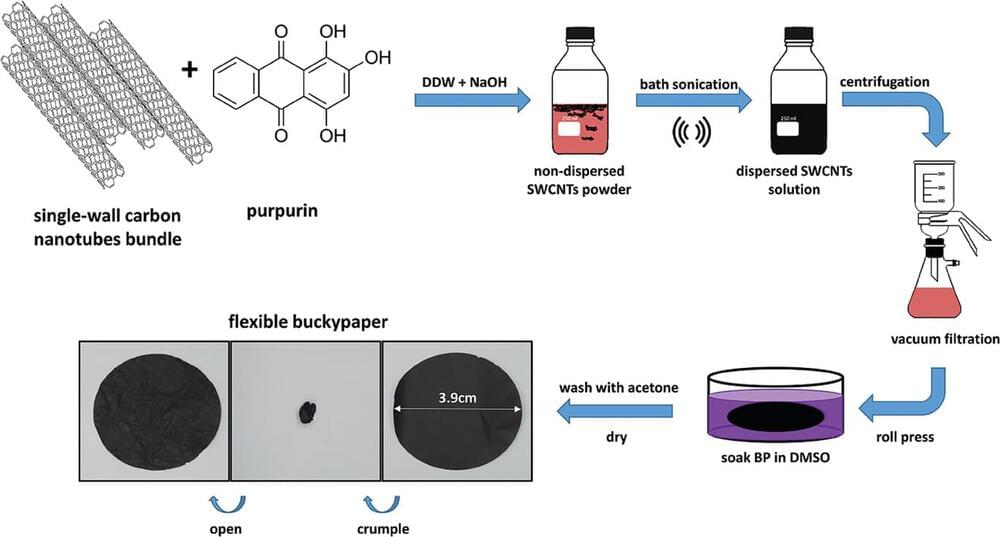
Carbon nanotubes have long tantalized researchers with their extraordinary mechanical and electronic properties. As one-dimensional nanostructures with remarkable mechanical strength and electrical conductivity, CNTs have been eyed for next-generation composites, energy storage devices, sensors and more. Yet realizing their promise has proven an enduring challenge.
CNTs have ultra-high surface energy and readily form large bundles rather than remaining as individualized tubes, severely compromising resultant material properties. Exfoliating these bundles, particularly in solution, has remained an immense difficulty despite intense R&D efforts over 30+ years employing covalent and noncovalent functionalization strategies.
Covalent approaches disrupt the CNTs’ pristine sp2 carbon networks, damaging their intrinsic properties. Noncovalent methods like surfactants and polymers have had limited success in debundling smaller diameter single-wall CNTs (SWCNTs), especially longer high aspect ratio tubes preferred for optimal conductivity and strength. And virtually all tactics have struggled to exfoliate specific SWCNT types, hindering enrichment in metallic SWCNTs boasting far higher conductance than their semiconducting counterparts.
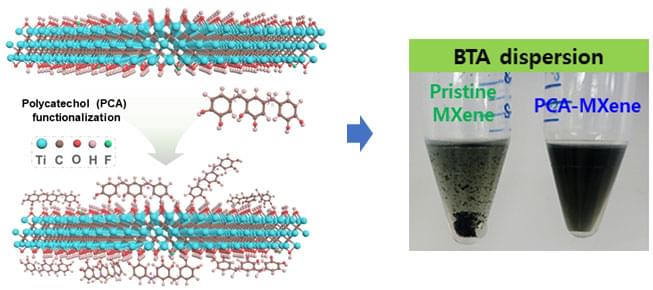
A research team led by Professor Jong-min Choi of the Department of Energy Engineering has developed a technology that can significantly improve the efficiency of quantum dot photovoltaic cells by introducing organic solvent dispersible MXene.
The findings were published in Advanced Energy Materials (“Organic solvent dispersible MXene integrated colloidal quantum dot photovoltaics”).
Comparison of the dispersibility of quantum dot solar cell ink organic solvent according to surface modification of MXene. (Image: DGIST)
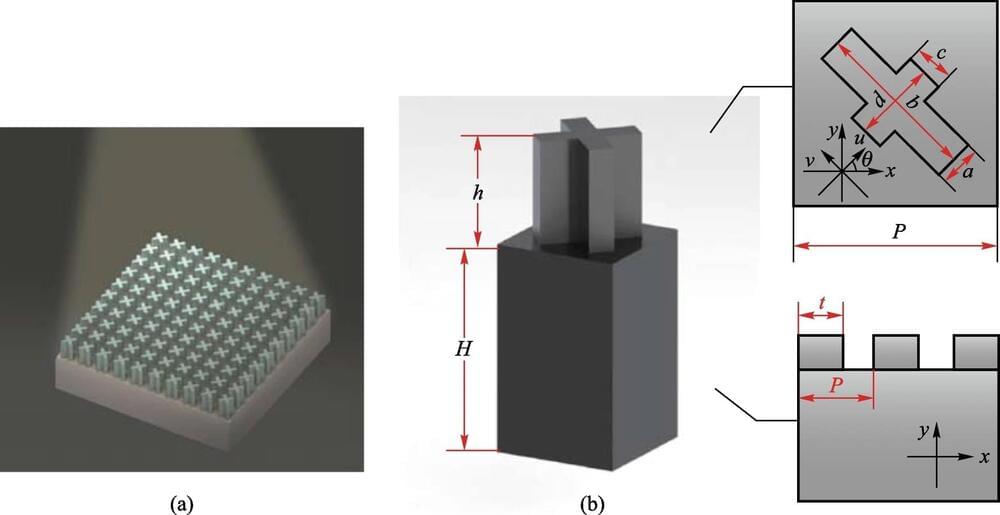
Researchers are working to unlock the immense potential of terahertz waves for applications ranging from medical imaging to wireless communications. However, efficiently controlling the polarization state of these high-frequency electromagnetic waves has remained an enduring challenge.
Conventional approaches relying on natural birefringent crystals or dielectric waveplates are hampered by narrow operational bandwidths, bulky hardware, and susceptibility to damage. These limitations have throttled progress towards commercially viable terahertz systems that fully exploit the information encoded in electromagnetic wave polarization.
Recent advances in metamaterials – artificial structures engineered with properties unattainable in nature – have brought fresh hope. Carefully designed metamaterial arrays allow researchers to overcome the constraints of natural materials and exercise unprecedented control over terahertz wave propagation.
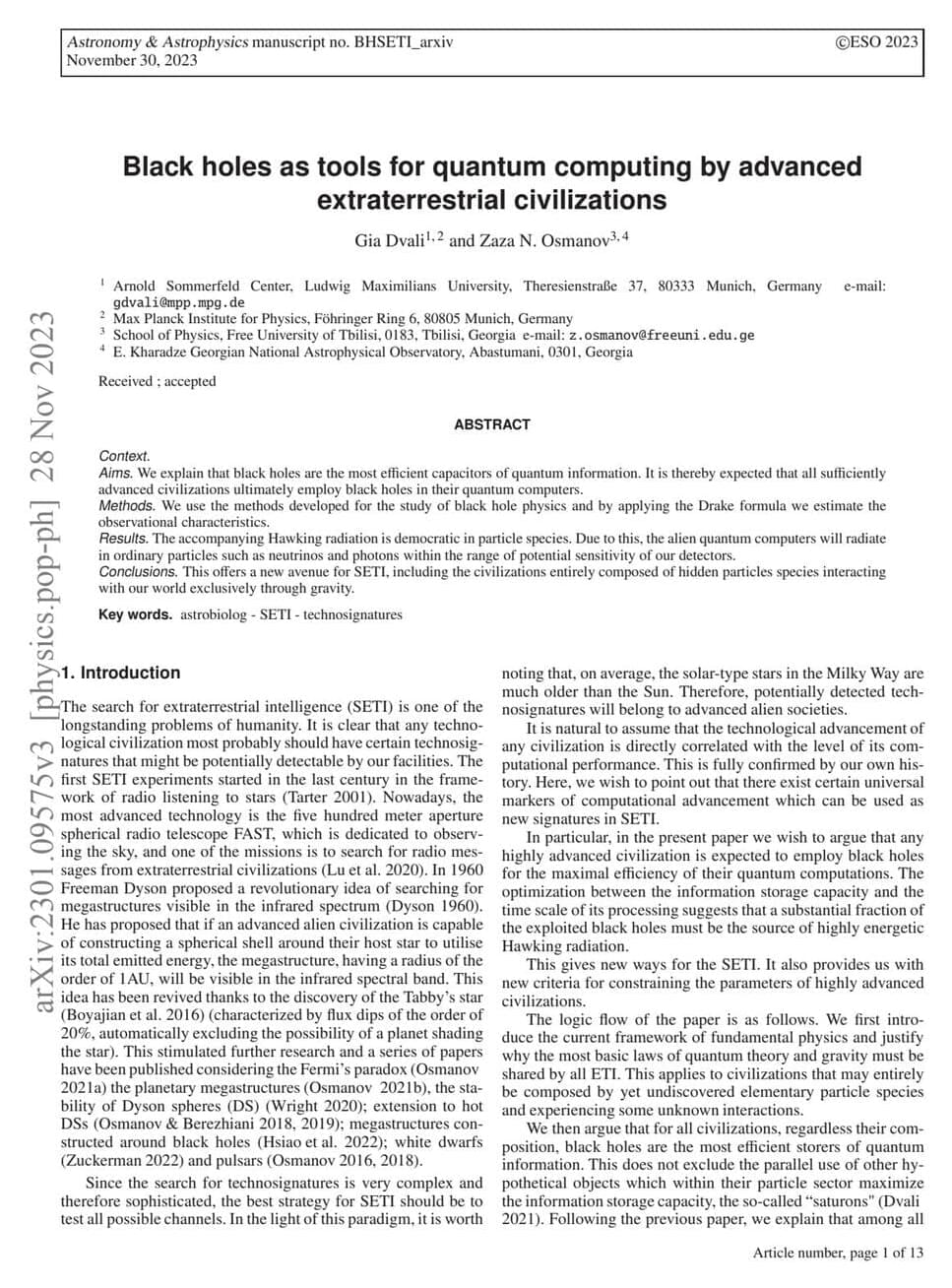

In the realm of culinary innovation, Japan has once again captured the spotlight with a groundbreaking invention. Imagine savoring your favorite low-sodium dishes, but with the rich salty flavor. This is no longer a fantasy, thanks to the ingenious creation of the ’ Electric Salt ’ bowl and spoon by scientists at Kirin Holdings Company and Meiji University in Japan (Figure 1).
Launched this year in Japan, the ‘Electric Salt’ devices are more than just ordinary kitchenware. They employ a subtle electrical stimulation, amplifying the salty taste of foods by an astonishing 1.5 times, all without the health drawbacks of high sodium intake. This revolutionary technology promises a new horizon for those mindful of their salt consumption, without sacrificing flavor.
This ingenious mechanism allows a minuscule electric current to pass through the food, enhancing the sodium ions’ journey to the diner’s taste buds. This process remarkably intensifies the salty flavor without any known impact on human health.

A s the mathematician De La Soul famously stated, three is the magic number. But if physicist Richard Feynman is to be believed, that figure is off by a factor of about 400. For Feynman, you see, the “magic number” is around 1/137 – specifically, it’s 1/137.03599913.
Physicists know it as α, or the fine structure constant. “It has been a mystery ever since it was discovered,” Feynman wrote in his 1985 book QED: The Strange Theory of Light and Matter. “All good theoretical physicists put this number up on their wall and worry about it.”
It’s both incredibly mysterious and unbelievably important: a seemingly random, dimensionless number, which nevertheless holds the secret to life itself.
